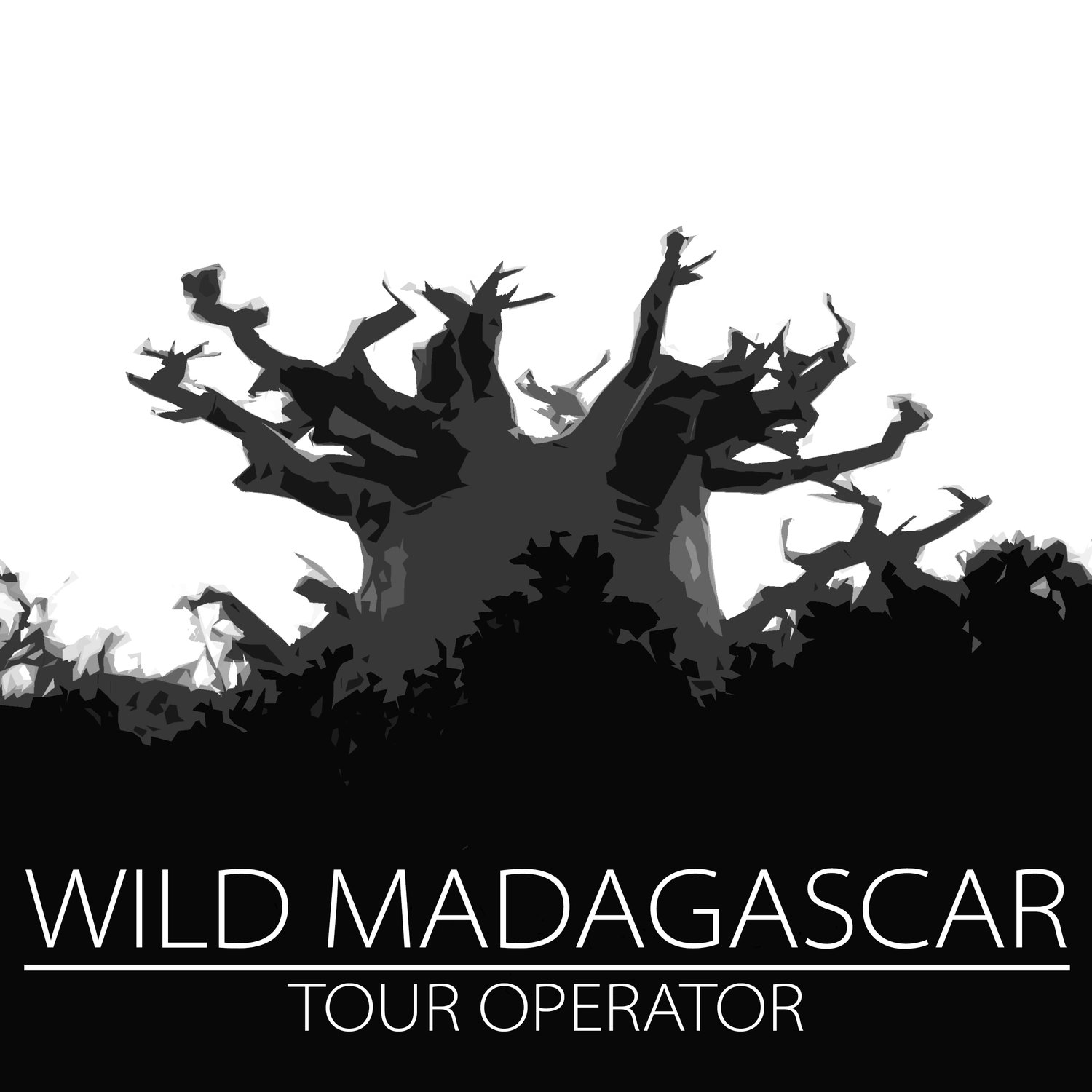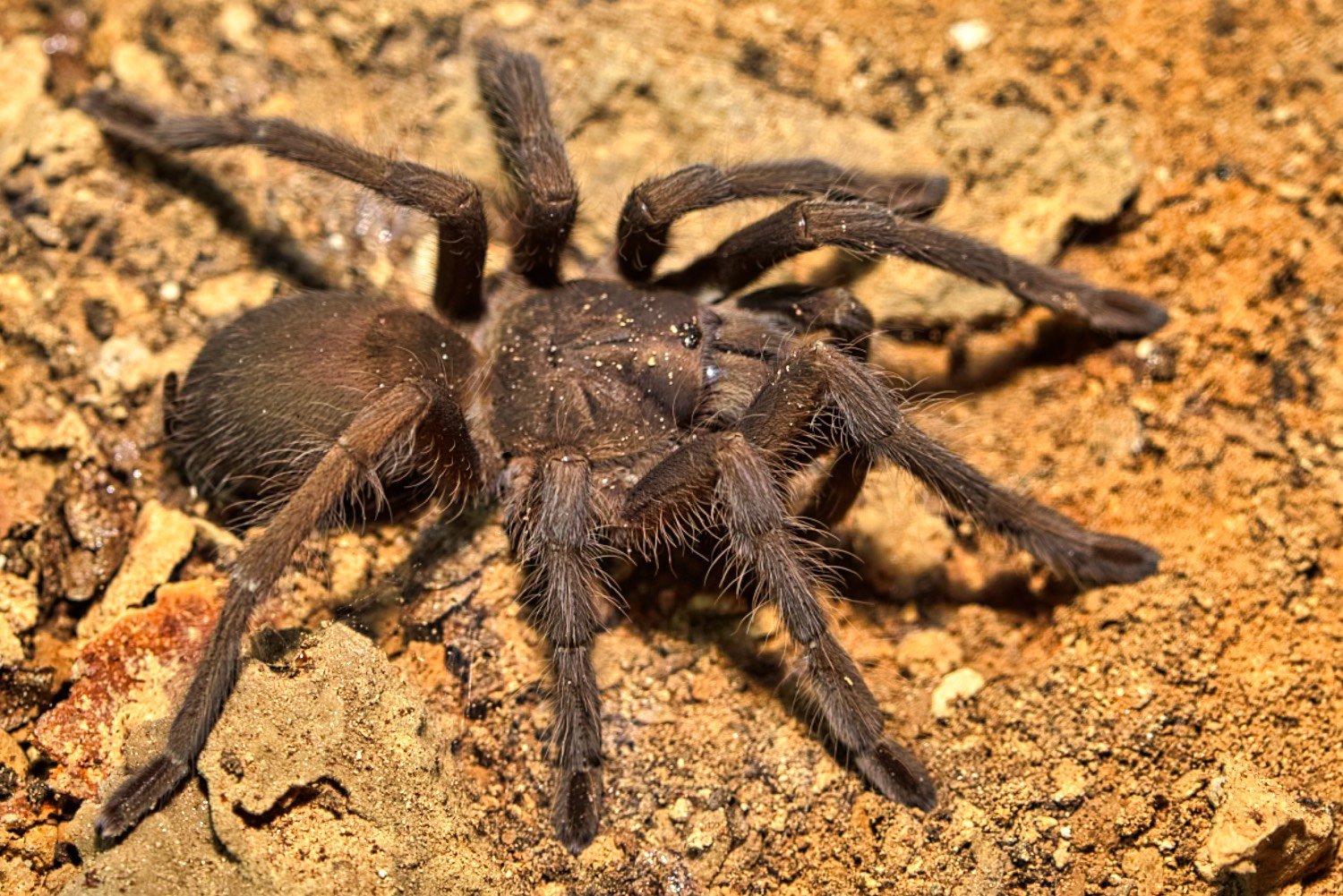Ankarana National Park
The Ankarana massif is a marine limestone, marl and shaley limestone plateau which rises abruptly from the surrounding grassy plain. It comprises the special reserve of Ankarana and the Tsingy formations in the surrounding originating from the weathering of the combination of limestone, marl and shaley limestone. Basalt, basanite and ankaratrite are visible on the northern portion of the protected area of Ankarana.
Mother Nature displays one of its most prodigious achievement in this geologic formation encompassing pinnacles (tsingy), labyrinths, sink-holes and caves with some of the largest having collapsed permitting isolated pockets of river-fed forests ; dry deciduous forest consisting of different species of Baobab, Pachypodium and euphorbia growing around the periphery of the massif and penetrating up into the larger canyons reward all type of visitors from the simply curious to the most adventurous and perseverant ones with a dramatic scenery of stalactites and stalagmites in cavern which were also used by the Antakarana tribe as shelter while hiding away from the conquering soldiers from the Merina tribe who were storming almost every part of Madagascar on their quest for more land; cooking utensils and cutlery left behind are signs of the use of the caves by human beings less than a couple of centuries ago. The caves, extending overall over 100 km dwells several species of bats, about thirteen species known in the Ankarana, while the forests and pinnacles are natural habitats for lemurs, nocturnal and diurnal alike, fosa, the largest carnivore in Madagascar, the ring-tailed Vontsira, an endemic mammal belonging to the family of Viverridae, chameleons, birds and reptiles.
Manmade complex of trails, ladders, bridges, railings, harness and longe and breathtaking viewpoints ease the exploration of the Tsingy of Ankarana. Visitors can opt between hiking along different trails for variable distances. In the southern section of the karst formation, off the limits of the Ankarana national park, paddling in dugout pirogue on a local lake or biking could be other active way to explore and investigate the Tsingy formations.







